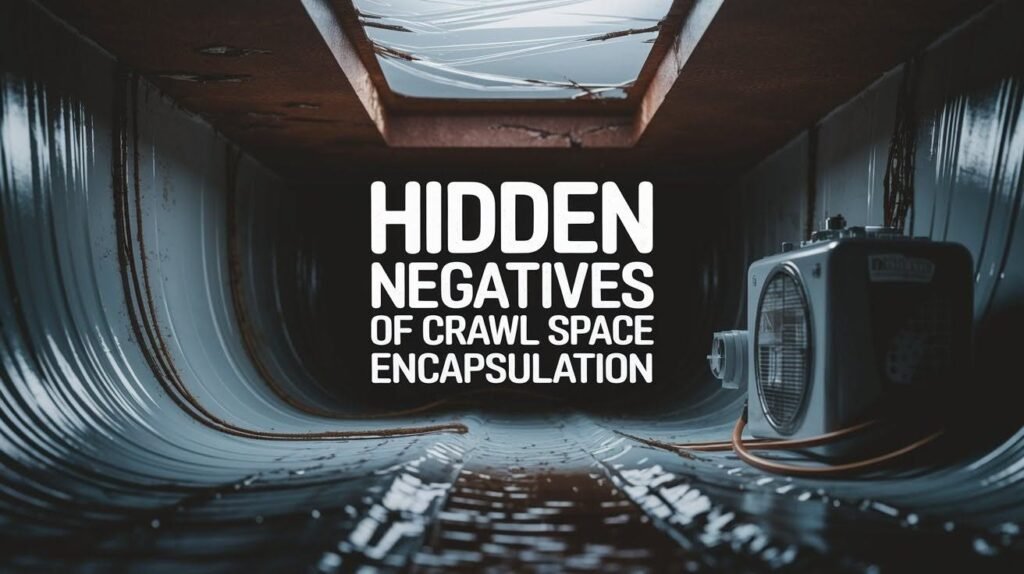You’re researching crawl space encapsulation. Every website talks about the benefits. But what about the downsides? I’ll show you the 7 major negatives to crawl space encapsulation that contractors often hide.
Here’s what you’ll find:
The real costs beyond the initial quote, maintenance problems that follow, moisture issues that get worse instead of better, and resale challenges nobody mentions. I’ve fixed countless encapsulation disasters. You can trust my experience because I’ve seen what happens when projects go wrong.
This article solves your problem. You’ll learn exactly what can go wrong and how to avoid these costly mistakes. More importantly, you’ll find better alternatives that might work for your situation.
Stop making decisions based on sales pitches. Get the full truth about encapsulation’s hidden problems.
What Is Crawl Space Encapsulation?
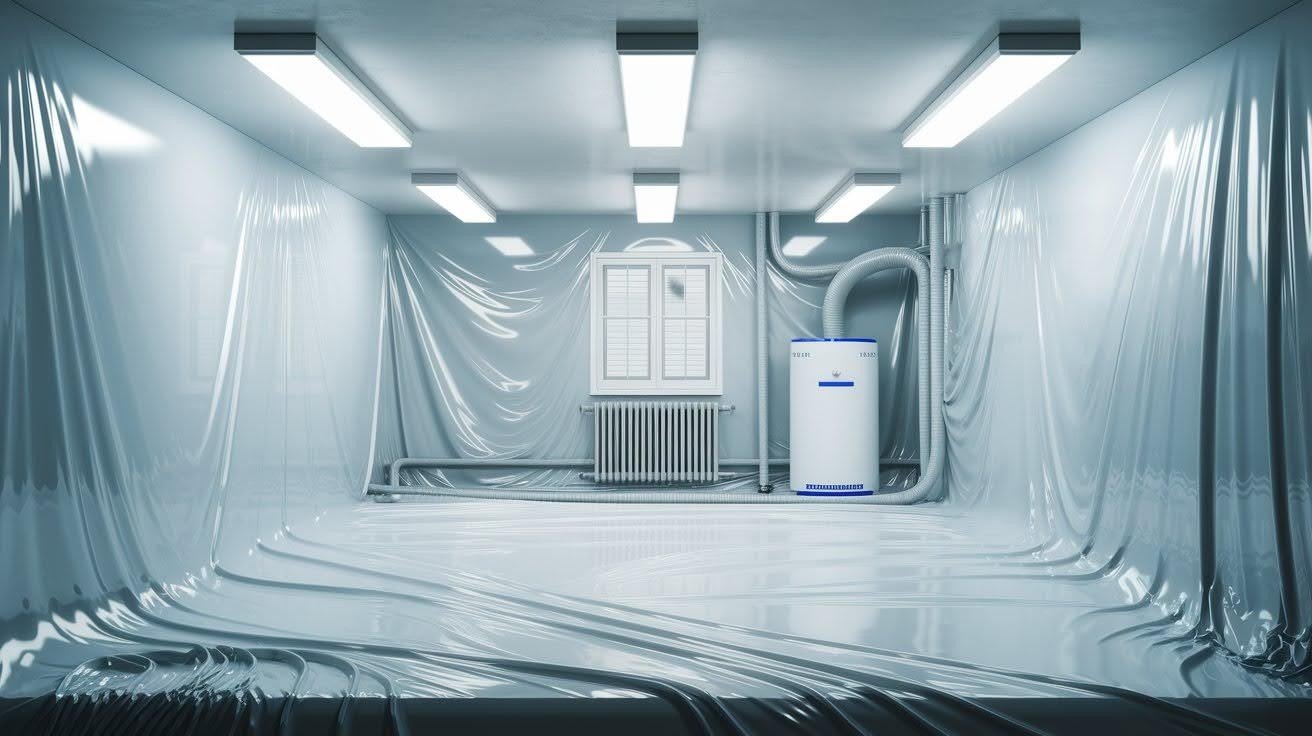
Think of encapsulation as wrapping your crawl space in plastic.
Workers install a thick vapor barrier on walls and floors. They seal all vents and openings. A dehumidifier gets added to control moisture. Sometimes they include new insulation.
The goal? Create a controlled environment under your house. Sounds simple, right?
Not so fast.
Why Homeowners Choose Crawl Space Encapsulation
You’ve heard these benefits:
- Lower energy costs
- Better indoor air quality
- Mold prevention
- Increased home value
- Pest control
These benefits are real. But they cost more than you think.
The 7 Major Negatives to Crawl Space Encapsulation
a. High Initial Cost
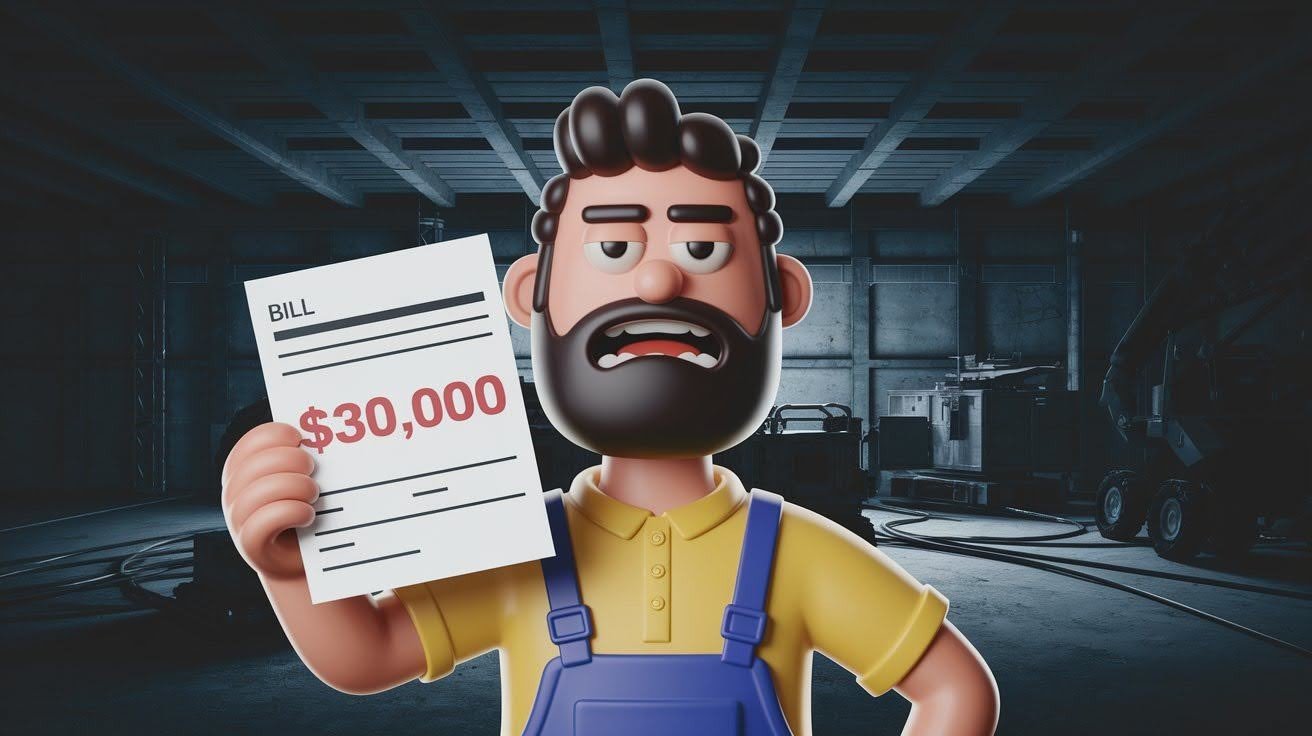
Let’s talk numbers. A typical encapsulation project costs $15,000 to $35,000 for an average home. That’s more than most people spend on a new car.
Here’s the breakdown: Materials cost $3-8 per square foot. Labor runs $50-100 per hour. Dehumidifiers cost $1,200-3,000. Additional repairs often add $2,000-5,000.
The reality? Most contractors lowball their initial estimates. You think you’re paying $20,000. Then they find “unexpected issues.” Your final bill hits $30,000. I’ve seen homeowners go into debt over this project.
b. Moisture Problems if Done Incorrectly
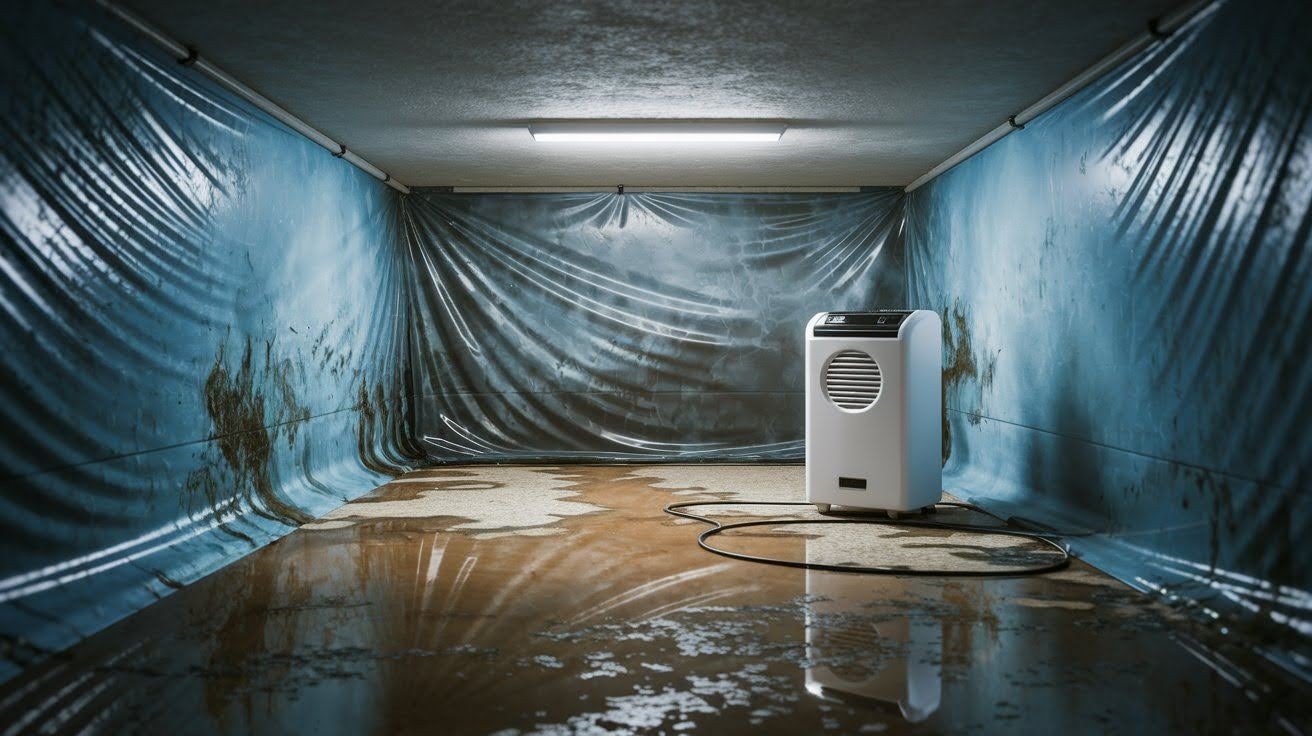
Here’s where things get scary. Bad encapsulation traps moisture instead of controlling it.
What goes wrong: Improper sealing creates humidity pockets. Poor drainage causes water buildup. Wrong dehumidifier size fails to handle moisture load.
The result? Worse mold problems than before.
One client called me in tears. Her $25,000 encapsulation created a swamp under her house. The mold damage cost another $15,000 to fix.
c. Ongoing Maintenance Requirements
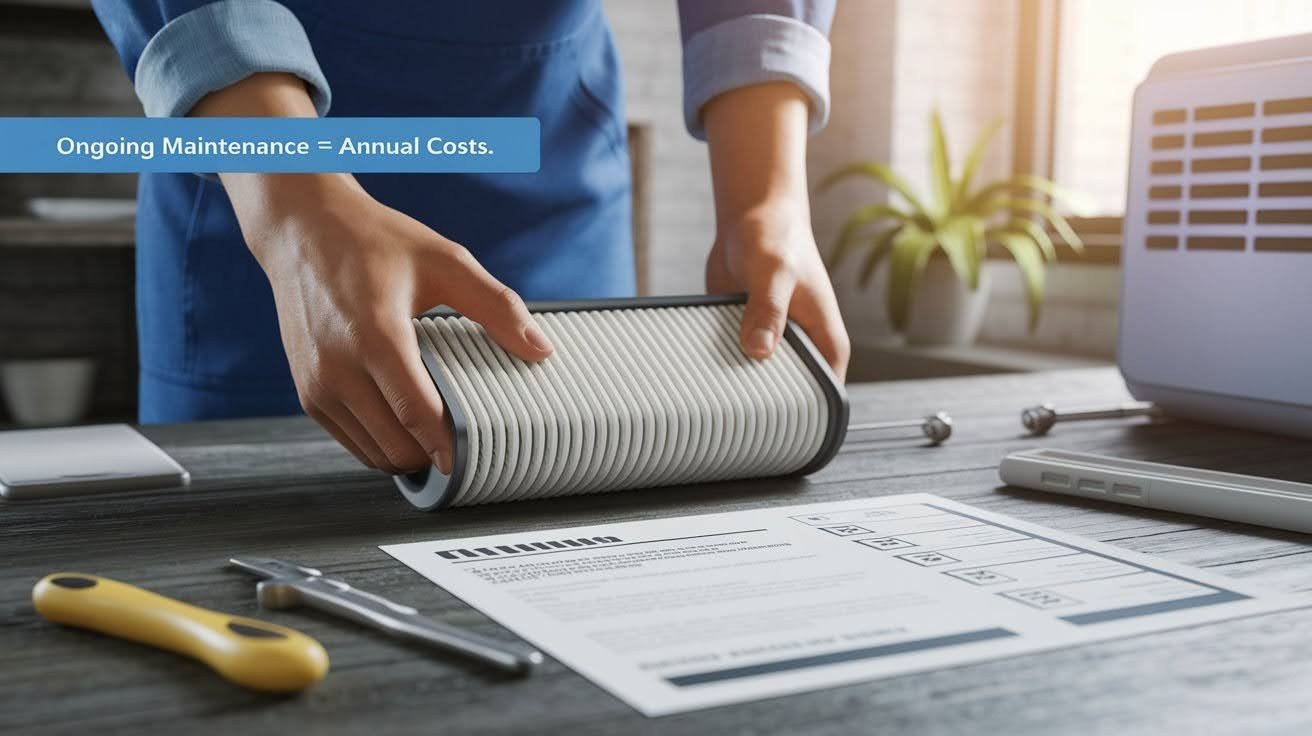
Your contractor probably didn’t mention this part. Encapsulation isn’t “set it and forget it.”
You’ll need monthly dehumidifier filter changes. Annual system inspections become necessary. Vapor barrier repairs happen when tears occur. Drainage system cleaning prevents backups.
Annual maintenance costs $300-800 per year. Miss the maintenance? Your investment becomes worthless fast.
d. Can Lead to Over-Sealing and Indoor Air Quality Issues
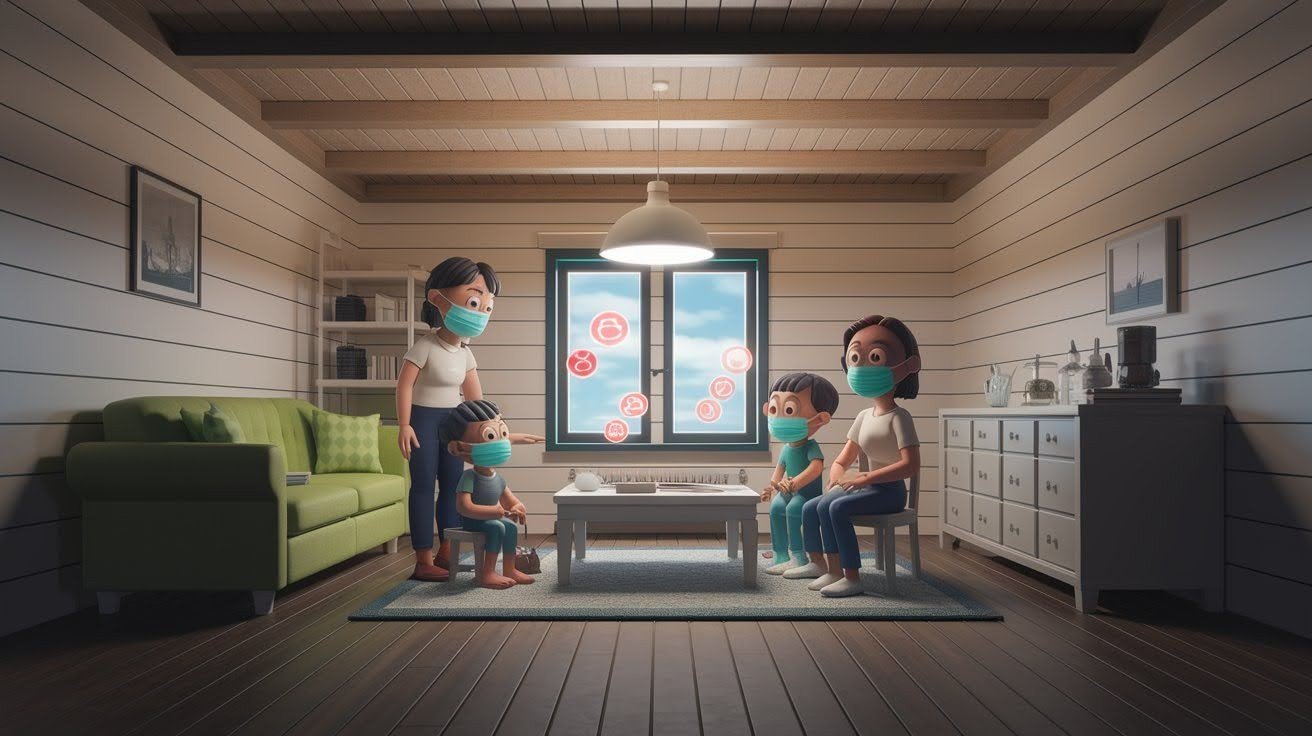
Too much of a good thing becomes bad. Over-sealed crawl spaces create new problems:
Stagnant air circulation develops. Chemical smells from new materials off-gas. Natural ventilation gets reduced. Pressure imbalances affect your home.
Some families report headaches and respiratory issues after encapsulation. The irony? They paid thousands to improve their air quality.
e. Pest Nesting Risks Under the Liner
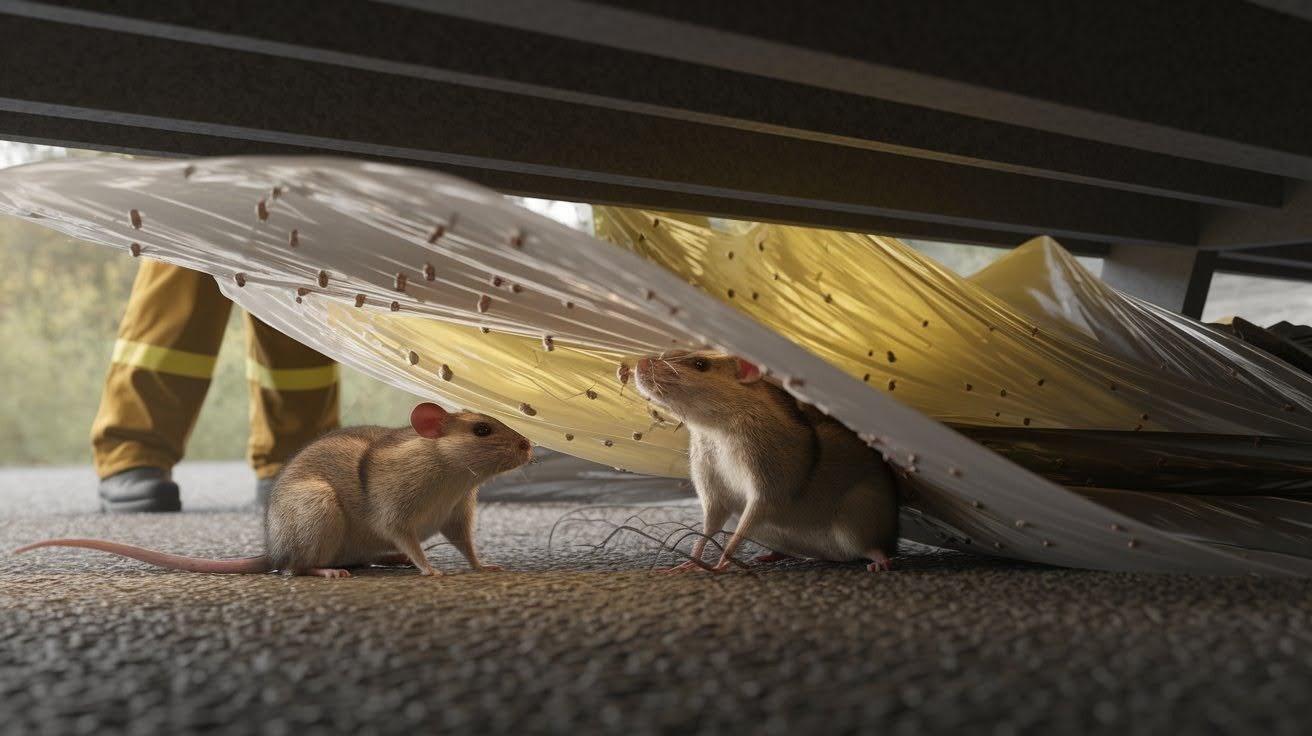
Vapor barriers create perfect hiding spots. Common invaders include rodents who love the warm, dry space. Termites become harder to detect under plastic. Ants and other insects find new homes.
Once pests get under your liner, they’re nearly impossible to eliminate. You’ll need to tear up sections of your expensive vapor barrier. Pest control becomes 10 times harder.
f. Not Suitable for All Climates or Home Types
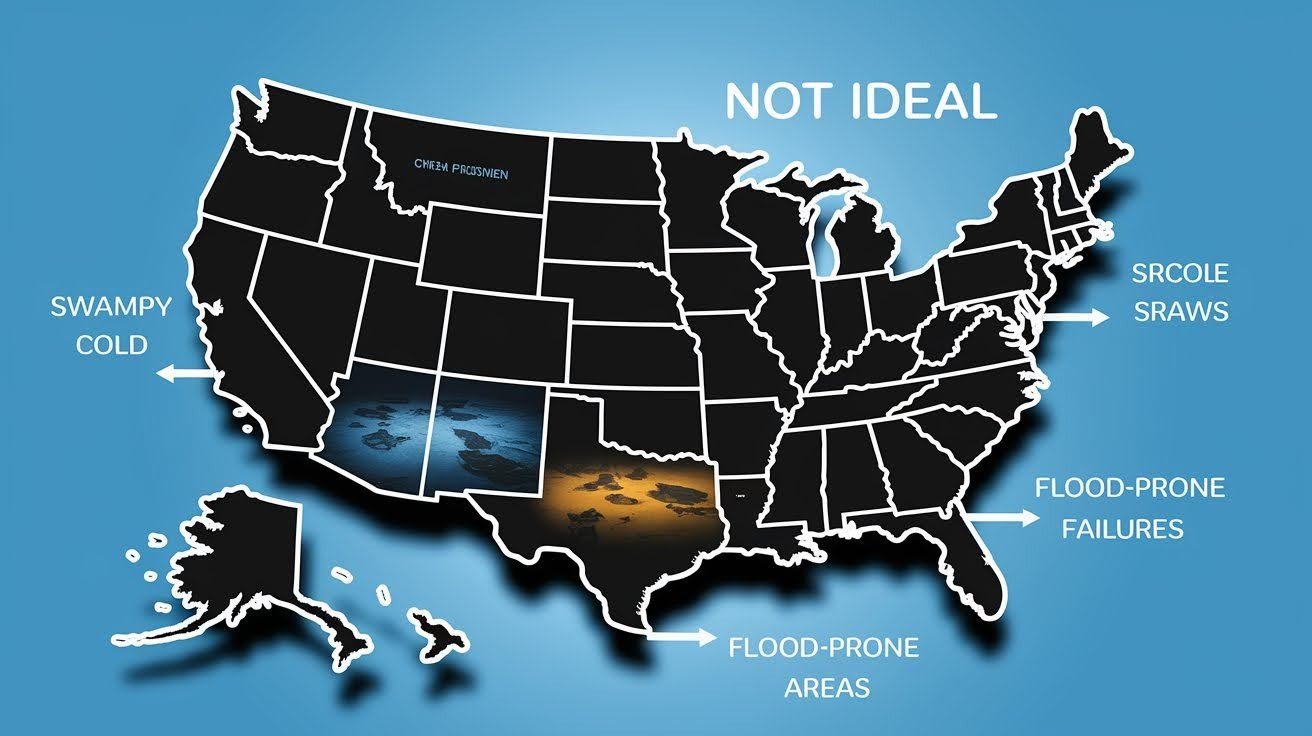
Encapsulation isn’t universal. Problem areas include high water table regions and flood-prone zones. Homes with active foundation leaks struggle. Very humid climates need proper sizing.
In some climates, traditional ventilation works better than encapsulation. But contractors rarely admit this. They want the sale.
g. Resale and Appraisal Challenges
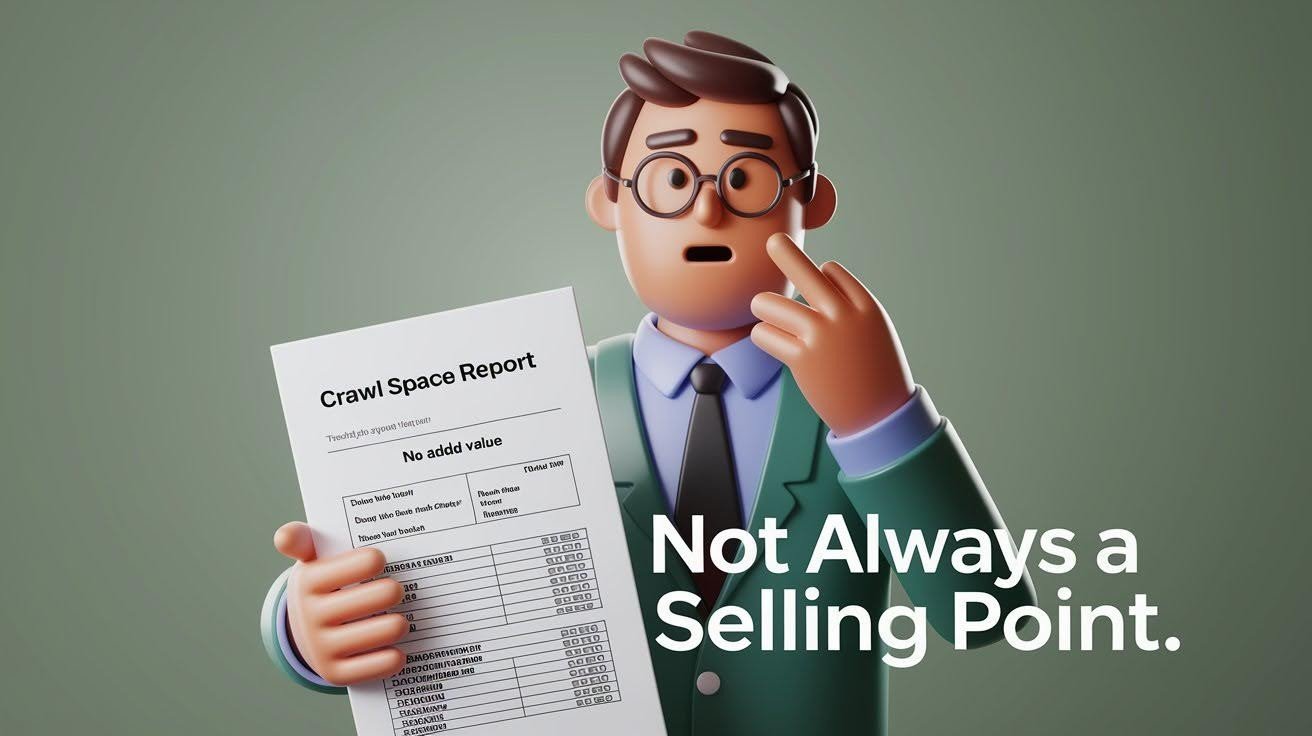
Here’s the kicker nobody talks about. Many appraisers don’t add value for encapsulation. Why? They consider it maintenance, not improvement. Potential buyers often worry about hidden moisture problems, maintenance requirements, and system failures.
Some buyers actually prefer traditional crawl spaces. Your $30,000 investment might add zero to your home’s value.
Situations When Crawl Space Encapsulation Isn’t the Right Choice
Some homes simply aren’t good candidates for encapsulation. Active foundation leaks make encapsulation pointless and expensive. You’re essentially sealing water inside your crawl space. Fix foundation problems first, then consider moisture control options.
Poor exterior drainage creates ongoing headaches with any encapsulation system. Water finds its way in despite your expensive vapor barriers. High water tables in your area present similar challenges. The ground stays saturated, creating constant moisture pressure against your barriers.
Budget constraints matter more than contractors admit. Projects under $20,000 often involve corner-cutting that leads to failures. Quality encapsulation requires proper materials and skilled installation. Cheap jobs create more problems than they solve.
Timeline considerations affect many homeowners. Plans to sell within five years make encapsulation a poor investment. You won’t recoup your costs, and buyers may not value the upgrade. Focus your money on improvements with better returns.
Your current crawl space condition plays a huge role. Dry, problem-free spaces don’t need expensive fixes. Many homeowners solve minor issues with simple ventilation improvements. Arid climates rarely benefit from moisture control systems at all.
Other home priorities should come first. Roof repairs, HVAC updates, and electrical issues offer better value. Address safety concerns before comfort upgrades.
Expert Tips: How to Avoid These Negatives
- If you decide to move forward, protect yourself with smart hiring practices. Get three detailed quotes and compare them carefully.
- Check contractor licenses, insurance, and recent customer reviews. Ask for local references you can actually visit.
- During installation, verify proper drainage before anything else. Make sure your dehumidifier is correctly sized for your space.
- Document all work with photos and test moisture levels before making final payment.
- After completion, set up maintenance reminders and monitor humidity monthly. Address any issues immediately before they become expensive problems.
Alternative Solutions to Crawl Space Encapsulation
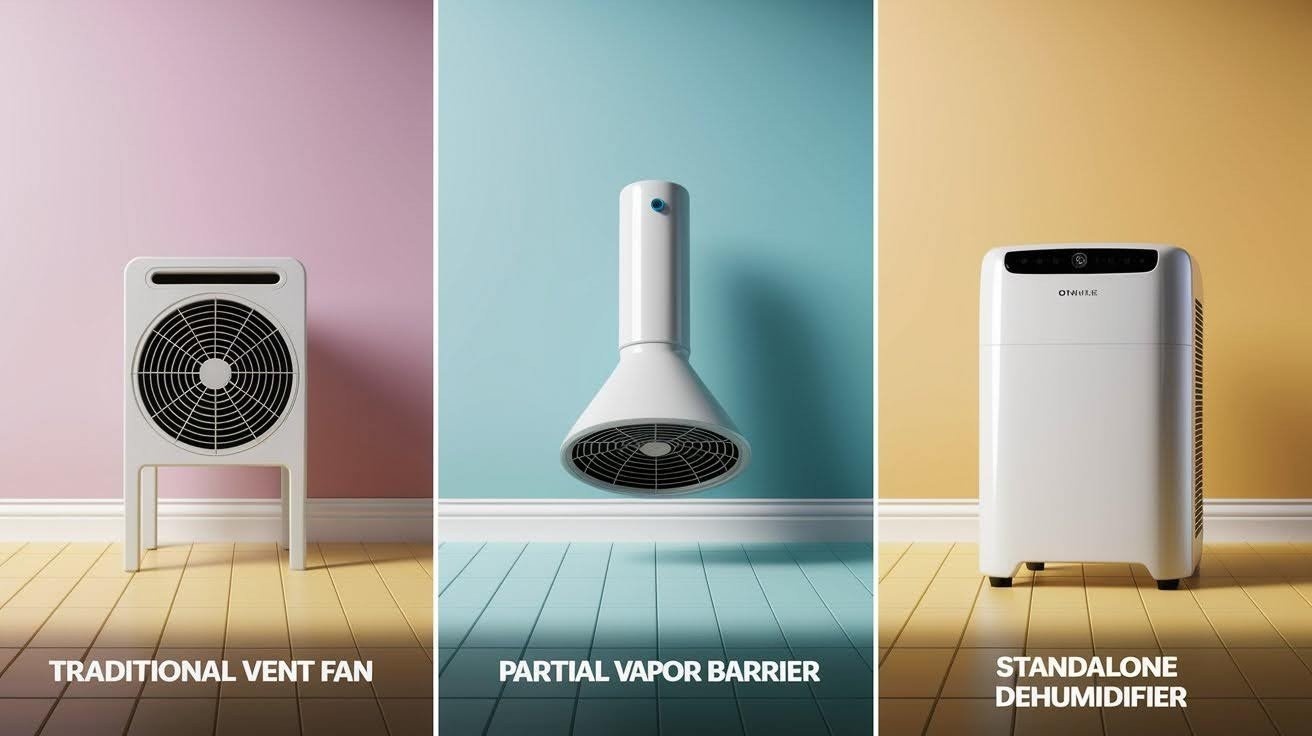
You have other options:
- Controlled ventilation works for many homes. Install exhaust fans or add foundation vents with automatic controls. This costs $2,000-5,000.
- Partial moisture control helps without full encapsulation. Use ground-only vapor barriers, improve drainage, and add targeted insulation. This costs $5,000-10,000.
- Dehumidification only can solve moisture problems. Install a crawl space dehumidifier and improve existing ventilation. This costs $1,500-3,000.
Sometimes the simplest solution works best.
Conclusion
You now know the 7 major negatives to crawl space encapsulation. These downsides are real. They affect thousands of homeowners every year. Don’t let contractors hide these problems from you.
The high costs often double. Maintenance never ends. Some homes get worse moisture problems after encapsulation. Your resale value might not improve at all.
But here’s the good news. You have alternatives that cost less and work better for many situations. Take time to evaluate your specific needs. Get multiple opinions. Consider simpler solutions first.
Remember this: once you encapsulate, going back costs thousands more. Your crawl space problems deserve honest solutions. Not expensive ones that create new headaches. Make your decision based on facts, not sales pressure.
You’ll save money and avoid costly mistakes.
Frequently Asked Questions
Can I remove crawl space encapsulation if I don’t like it?
Yes, but it’s expensive and messy. You’ll pay $5,000 to $15,000 to remove everything and restore traditional ventilation.
How long does crawl space encapsulation actually last?
The vapor barrier typically lasts 15-20 years with proper maintenance. However, the dehumidifier needs replacement every 8-12 years at $1,500-3,000 each time.
Will my homeowner’s insurance cover encapsulation problems?
Most insurance policies don’t cover encapsulation failures or related moisture damage. You’re responsible for repairs and any resulting mold or structural issues.
Is crawl space encapsulation worth it in dry climates?
Usually not. Dry climates rarely need moisture control systems. Traditional ventilation often works better and costs much less than full encapsulation.
What happens if my encapsulation contractor goes out of business?
You lose warranty coverage and support for maintenance issues. Always verify your contractor has proper licensing, insurance, and a solid business history before hiring.


